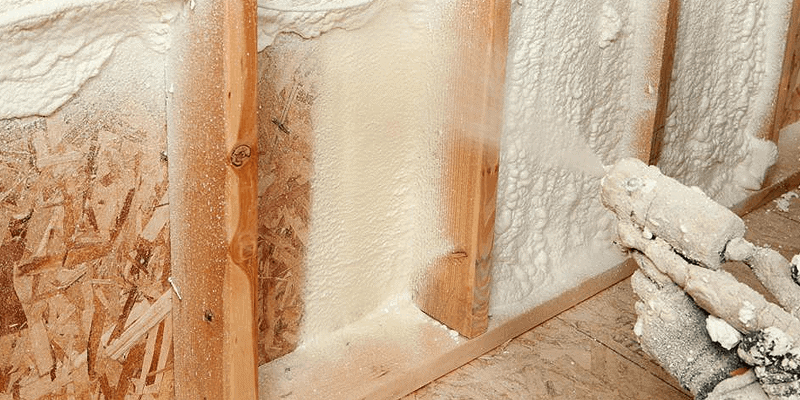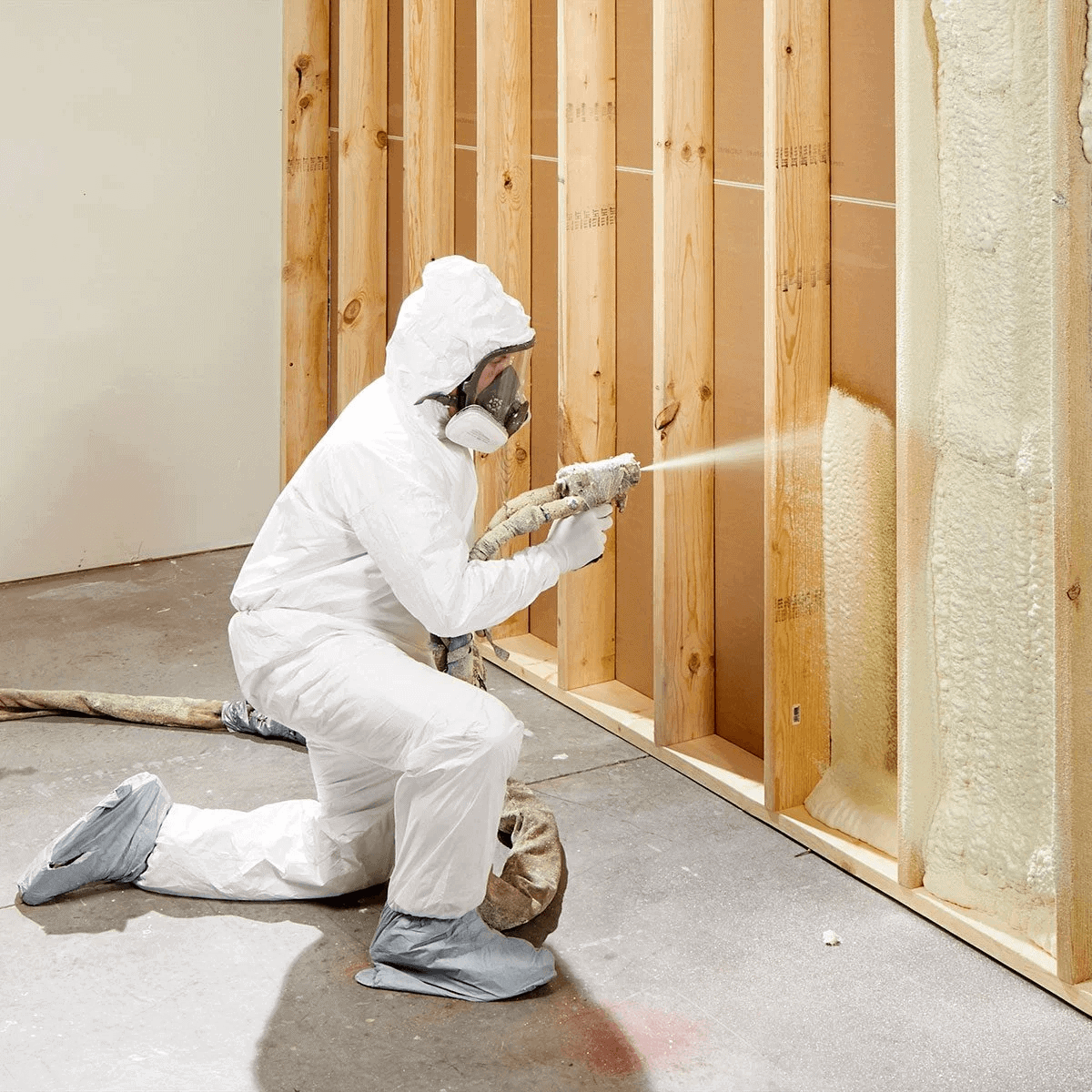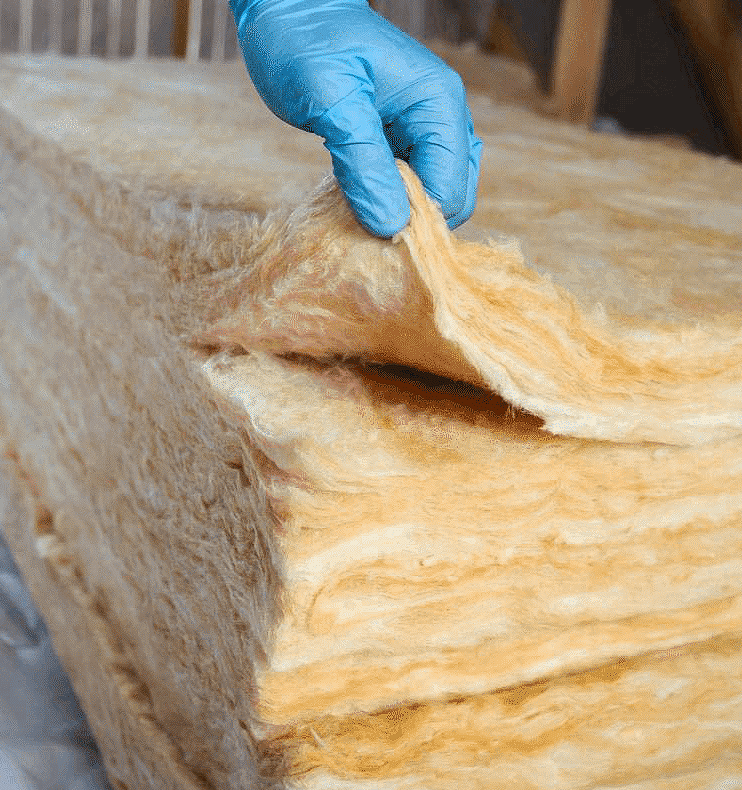- Home
- Foam Insulation Spray Residential
Foam Insulation Spray Residential
FOAM INSULATION SPRAY RESIDENTIAL
SPRAY FOAM INSULATION

PURCHASE & INSTALLATION
The first thing most people check before making any big purchase is the price tag, and this one’s hefty. Spray foam costs about three times more than fiberglass installation just for materials. Many of the manufacturers and installers who produce and work with the material will add that you’re ultimately getting that money back by saving on heating and cooling costs, but that’s not the reality. It would take about 30 years for the $50 you would save annually as a homeowner to add up to the difference you’re paying, but most homeowners only spend an average of 10 years in a home. If you are building a home you plan to live in for three centuries and counting, remember, you’re only covering the cost of materials.
There’s also the installation process and labor to consider.
Spray foam insulation starts with a precise, controlled formula that needs to be used just right in order to be effective. The insulation is also a tepid product. Not only will it require extensive safety gear for installers, but an installation will rack up equipment costs for heavy machinery like dehumidifiers. These are required during the installation process because of how sensitive spray foam insulation is to humidity and how tricky it is to define quickly in small spaces.
An industrial-grade dehu can cost anywhere from $1200 to $12,000 for a company to purchase, and you can guarantee they’ll be using more than one to get the job done. Not to mention the power generators, blowing wool machines, spray rigs, and accompanying equipment they’ll be needing. Once the cost of the equipment rentals and labor is factored in, the claim that spray foam insulation pays for itself is misleading at best.

HAZARDS
Homeowners who run into one of the manifold concerns with spray foam insulation will never see those savings. The issues start before the compound makes into the home; spray foam insulation requires meticulous, studied manufacturing and execution. If the batch is unbalanced at application, the foam can fail to adhere to the surface, create and trap foul odors, and even deteriorate. It’s nearly a 50/50 shot of getting insulation at all.
But it gets worse. Due to its design and chemical makeup, spray foam insulation can actually trap gasses and harmful chemicals in the air. Even with introduction of clean air to the home’s systems, the gasses won’t be able to escape and will suffocate the home’s atmosphere. Humidity can also affect air quality. Spray foam insulation is great at trapping moisture and humidity, creating the perfect environment to cultivate and grow mold. It has even been known to cause extreme heating in evaporator coils which causes leaks every two to three years when they should see about ten to fifteen years of life. That’s a regular replacement cost that can break the bank.
Many of these hazards have been known to cause issues which require homeowners to rip out their expensive insulation and replace, or even spend 1,000s on home repairs.
PURCHASE & INSTALLATION
The first thing most people check before making any big purchase is the price tag, and this one’s hefty. Spray foam costs about three times more than fiberglass installation just for materials. Many of the manufacturers and installers who produce and work with the material will add that you’re ultimately getting that money back by saving on heating and cooling costs, but that’s not the reality. It would take about 30 years for the $50 you would save annually as a homeowner to add up to the difference you’re paying, but most homeowners only spend an average of 10 years in a home. If you are building a home you plan to live in for three centuries and counting, remember, you’re only covering the cost of materials.
There’s also the installation process and labor to consider.
Spray foam insulation starts with a precise, controlled formula that needs to be used just right in order to be effective. The insulation is also a tepid product. Not only will it require extensive safety gear for installers, but an installation will rack up equipment costs for heavy machinery like dehumidifiers. These are required during the installation process because of how sensitive spray foam insulation is to humidity and how tricky it is to define quickly in small spaces.
An industrial-grade dehu can cost anywhere from $1200 to $12,000 for a company to purchase, and you can guarantee they’ll be using more than one to get the job done. Not to mention the power generators, blowing wool machines, spray rigs, and accompanying equipment they’ll be needing. Once the cost of the equipment rentals and labor is factored in, the claim that spray foam insulation pays for itself is misleading at best.
SAFE OPTIONS
The risks of using spray foam insulation outweigh the benefits by far, but the good news is that fiberglass insulation is still available. Affordable, cleaner, and more effective, it’s the cost-effective, energy-conscious, health-oriented option that would fit your project perfectly. Insulation is one of those times where you just have to use what’s tried and true.
Spray foam traps gasses and chemicals in the air even with the introduction of clean air. If chemical mix isn’t perfect, eats up the foam. Evap coils heat up and leak within two to three years. Humidity is hard to remove so the humidity stays in the house and creates mold. Can’t get your money back. Expense! You need special equipment like dehumidifiers so it doesn’t rot to install it = higher costs. Most people live in a house over 10 years. So they won’t get money back in the 10 years.
If you’d like to learn more about fiberglass insulation and how it can help, please contact us and we’d love to assist.
